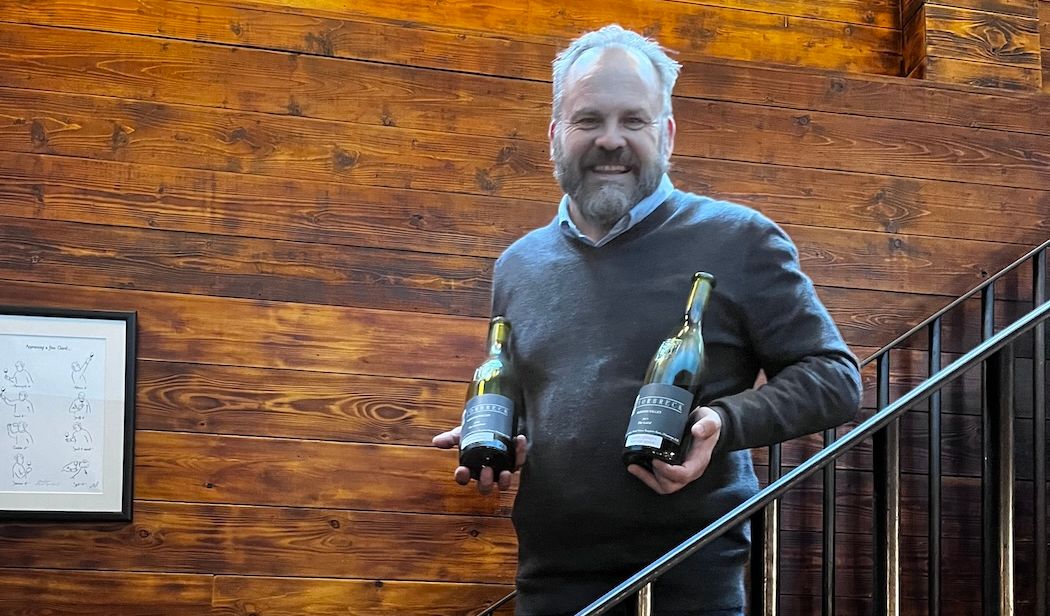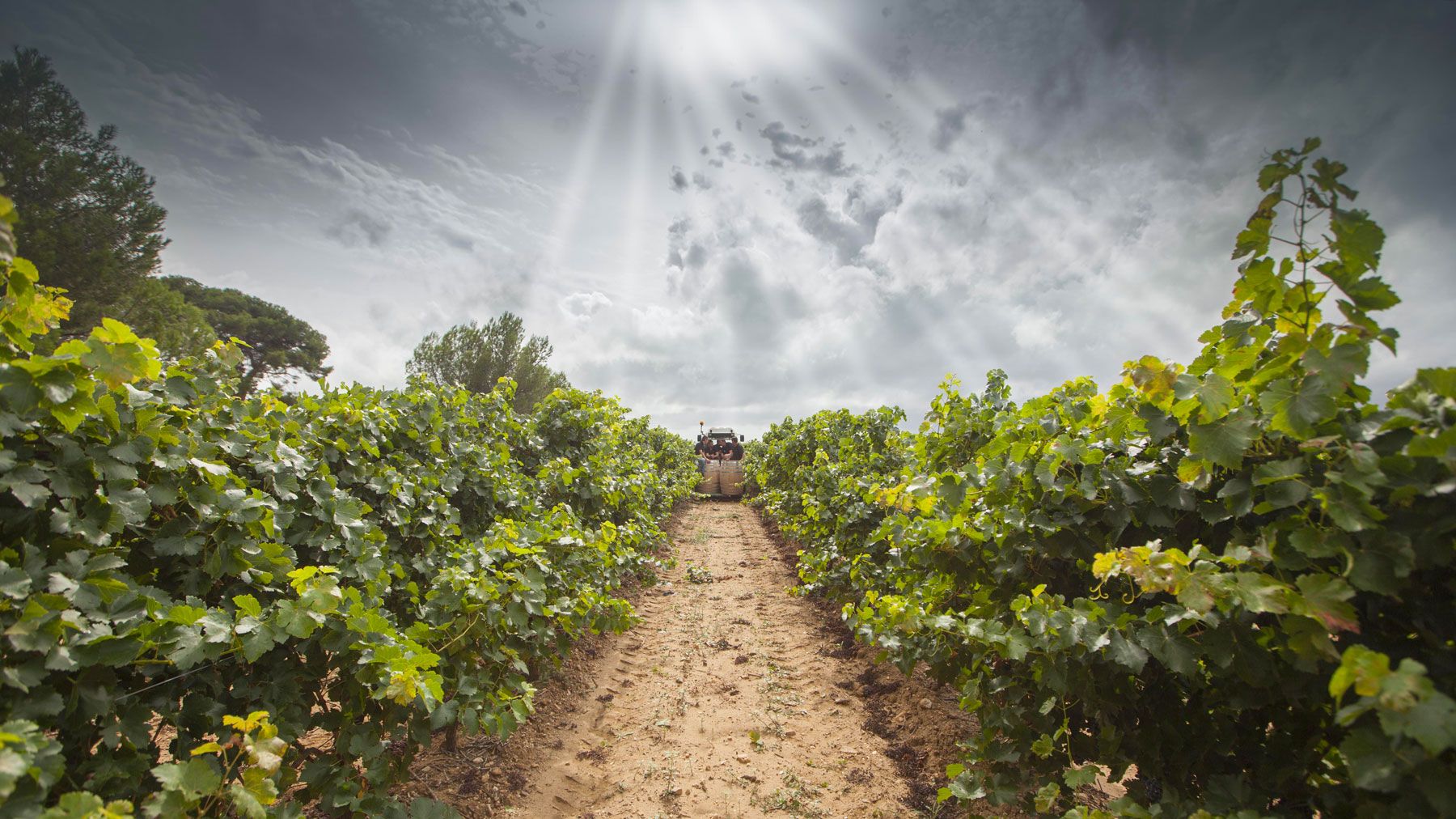From Prosecco to Pinot Grigio via Godello, Malbec and Pinot Noir, what are the styles of wine that premium on-trade buyers increasingly looking to find more room for on their wine lists?
In any analysis of an industry sector it is all too easy to first concentrate on where things are going wrong. It is after all what keeps us all up at night. But let’s turn things on their head on focus first on the one area of the on-trade drinks list that really is bubbling to the top. Sparkling wine.
Where would the UK on-trade currently be without the continued, on-going and unrivalled success in sparkling wine. In sales and profits terms it really has been the gift that keeps on giving over the last five years.
While still wine sales are dwindling it’s been the rise of sparkling wine that’s keep restaurant, bar and pub owners happy. So much so that sparkling wine sales have soared in the premium on-trade by 14% since 2013, recording a hefty 130% volume growth in that period. While sparkling wine growth has been less dramatic outside the premium on-trade, it’s still up by 80% in value over five years, driven largely by the UK’s enduring love affair with Prosecco, with sales in the premium on-trade exceeding 1.4m bottles this year.

The premium on-trade is continuing to attract customers willing to spend more on wine
Losing its sparkle?
Not only have sales been soaring, but sparkling wine and Champagne have increased their share of the total on- trade market from 16% to 20% by value and 10% to 12% by volume, according to WSTA Nielsen data. But those figures also show that sales within the premium on-trade specifically are slowing.
This all chimes with Liberty Wines’ latest on-trade report which also claims the sales growth rate for sparkling wine has slowed from 59% to 9% in the premium on-trade and from 32% to 25% outside the premium category. Figures that are still in the ascendancy, but at a significantly smaller rate.
“This suggest we could be reaching peak Prosecco in the premium on-trade, but that the rest of the on-trade is further from saturation,” says Liberty Wines’ director of sales Alex Linsley.
2018 will be a crucial year for Prosecco, says Liberty Wines’ managing director David Gleave MW. The Prosecco market is now faced with increased global demand at just the time when it saw one of its smallest harvests in 2017. This has resulted in on-going prices prices for Prosecco which, in turn, is starting to really test how strong and robust its position in the sparkling sector is.
What the huge popularity of Prosecco has done though is stimulate much greater interest in other sparkling wine categories, and as a result sparkling wine drinkers have become more adventurous and now expect to see other styles of fizz, be it Cava or sparkling wine from other countries, on wine lists, says Liberty Wines. Which has been good news for English and Welsh sparkling wine producers as sales of English and Welsh sparkling wines have doubled between 2013 and 2017, adds Liberty.
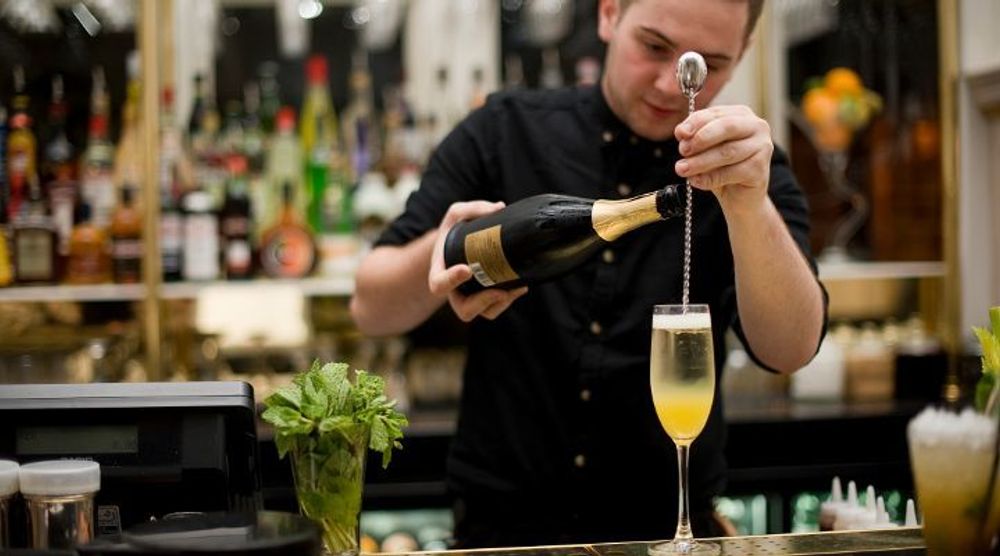
Champagne problems
The boom in sparkling wine continues to have a serious knock-on effect on sales of Champagne in face of the Prosecco juggernaut. Champagne sales in the overall on-trade have dropped by 18% in volume and 15% in value. However, this masks the fact that premium Champagne is buoying the value of sales while volumes are falling. Average bottle prices for Champagne have soared in the premium on-trade by over a quarter (26%) in the five years between 2013 and 2017, confirming that the premium on-trade remains the key market for selling top Champagne, says Liberty.
“We have seen a shift in the Champagne market,” explains Gleave. “It used to be that Champagne was the brand people requested so cheaper examples were listed alongside more expensive ones. Now, increasingly knowledgeable and discriminating consumers are asking for Grand Marque premium producers by name. They are the brand, rather than Champagne as a whole.”
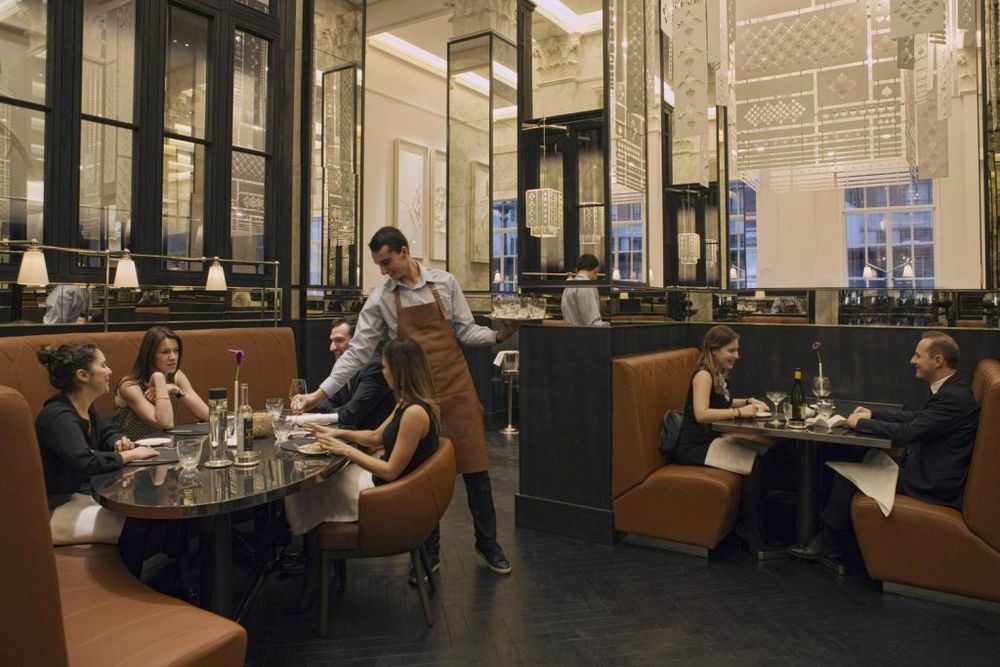
It’s the premium end of the on-trade that is driving wine sales rather than the mainstream
Changes in still
Over the past five years, white wines have commanded the lion’s share of still wine sales in the sector, accounting for 55% by volume and 52% in value. And the big hitters in terms of grape varieties include the perennially popular Sauvignon Blanc, Pinot Grigio and Chardonnay, which between them have the market sewn up, increasing their joint share from 61% in 2013 to 67% in 2017, with Sauvignon Blanc showing the biggest growth, says Liberty.
The rosé trend, which has held the country in its thrall for several years, has been just as apparent in the premium on-trade too, and driven by a focus on more quality-led mix of rosé-producing countries. French rosé, particularly those from Provence, makes up a more significant share of rosé sales in the premium on-trade at 37% compared to 15% in the overall on-trade category.
Europe continues to supply the lion’s share of wines to the premium on-trade, accounting for over six in ten wines in the sector, with France making up 30% in volume, followed by Italy with a 27% share, Spain and Australia both with 8%, and Chile and South Africa each comprising a 7% share each, says Liberty Wines.
Chardonnay drive
Chardonnay is also enjoying a resurgence in the premium sector. For whilst it saw its value increase by 3% in premium restaurants, it was more than 6% down in the overall on-trade. Sales of high value Australian Chardonnay, for example, were up 17% in volume and 25% in value last year.
A fact that does surprise Laura Jewell MW, Wine Australia’s UK and EMEA head: “Over the years the popularity of Australian Chardonnay has waxed and waned, but in 2017 a new wave of fresh, balanced and elegant Australian Chardonnays arrived on the scene.”
While Aussie Chardonnay finished 2017 on a high, Chilean Chardonnay fared less well last year, with a greater drop in volume (down 17%) than value (down 14%).
“In recent times, Chilean wines have been used to fill entry points on wine lists,” says Jennifer Docherty MW, wine buyer at Liberty Wines. “As a result, the dynamism present in the Chilean wine industry was not being reflected on premium wine lists. Liberty Wines’ sales now show that this is changing. Wines from regions such as Zapallar and Itata have joined Apalta and Cachapoal on wine lists, and the differentiation is helping drive sales of the best of Chilean wines.”
Gleave agrees pointing to the major steps Chile has taken in terms of the quality of its Chardonnay, and moved away from the entry level wines of the past. “As awareness grows of their new emphasis on regional differences and a stronger sense of place in the wines, we are confident that sales will recover as they have done in Australia,” he says.
However, nearly half of all Chardonnay consumed in the premium on-trade comes from France, and while sales have started to stutter, there remains an appetite for higher priced French Chardonnays reflected in the 4% value growth last year. Chardonnay from the US also proved popular last year, but this was from a very small base.
Dominant France
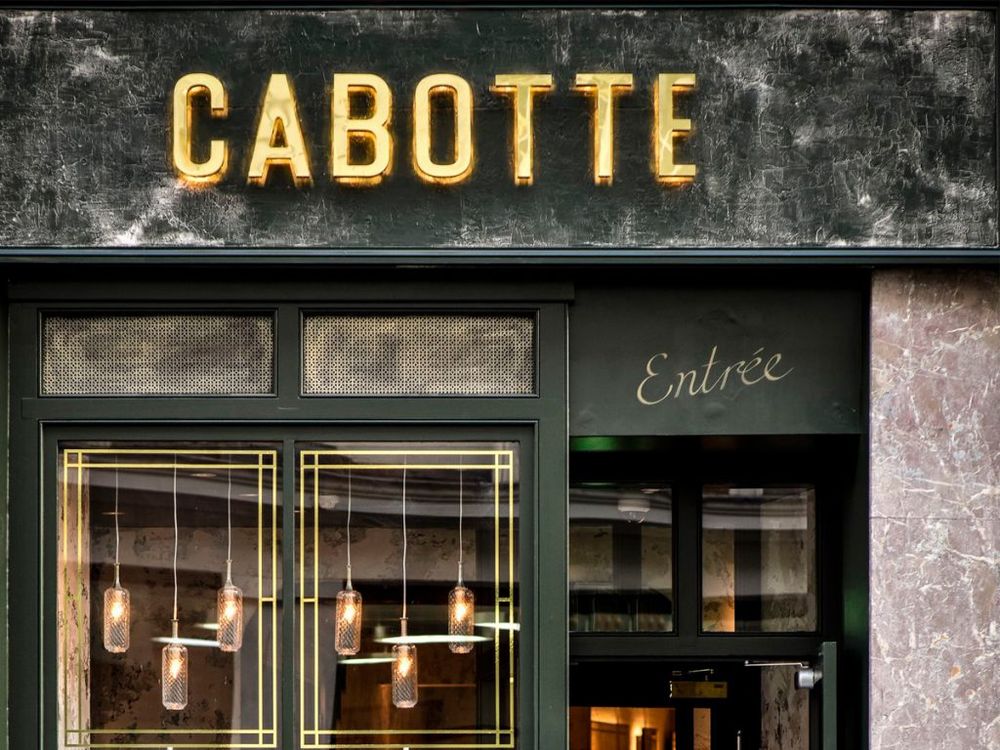
New specialist French restaurants like Cabotte are helping to keep fresh, interesting French wines to the fore
With over 80% of premium on-trade wine drinkers regularly plumping for French wine, the country still deserves our full attention. Dominating the premium on-trade with almost a third of the market, French wine has been one of the key drivers of the premium on-trade over the past five years, according to Liberty Wines. And even now, as volume growth slows, France is continuing to gain market share.
Liberty Wines points out that while many think of French wine in terms of its appellations, the country has also been good at selling its most popular grapes well. Three quarters of the premium on-trade’s top four varieties (Sauvignon Blanc, Merlot, Chardonnay and Pinot Noir) are the key to France’s wine sales, and sold either as varietals or appellations, and between them account for more than half of French sales to the UK premium on-trade. Along with Pinot Noir, all four varieties have increased their average bottle prices over the last three years, with Sauvignon Blanc alone soaring by 25% since 2013.
Wines made from the Sauvignon Blanc grape including Sancerre, and Pouilly Fumé and Sauvignon de Touraine command a 19% market volume share, and 18% value share of all French wines sold in the premium on-trade. However, volumes have dropped in recent years, down by 9%, though last year value sales increased by 2%.
Don’t knock Pinot Grigio
Italy too, is over represented in the premium on-trade, accounting for over one in four bottles drunk in the sector, thanks largely to the ubiquitous Pinot Grigio, the country’s most popular grape export. Pinot Grigio alone accounts for half of Italy’s wine sales in the premium on-trade (55% by volume, 44% by value) and commands over 25% market share of white wine. And its popularity is relentless, with sales volumes holding steady and value growing by 4% year on year.
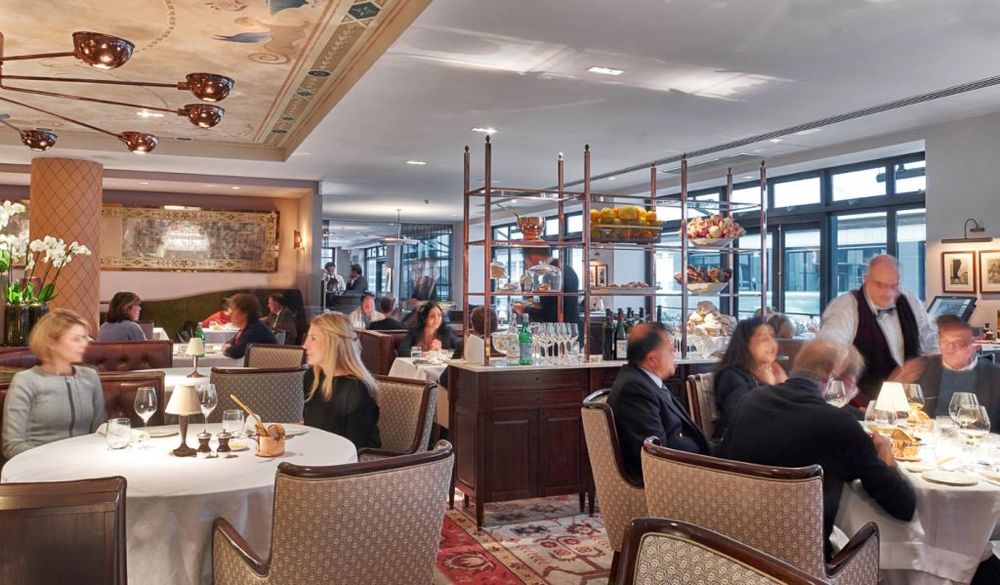
Pinot Grigio is still key for premium Italian restaurants
New Zealand’s Pinot push
As previously mentioned, New Zealand continues to outperform the market, with premium on-trade sales increasing by 10% in volume and 13% in value, one of only two countries (with Portugal) to raise both its volume an value share in the premium on-trade. And the country is no longer simply regarded as a source of good quality Sauvignon Blanc – its Pinot Noir is also performing exceptionally well, up by a hefty 72% in volume terms and 45% in value in the past year alone, says Liberty. As Pinot Noir attracts an ever-widening fan base in the UK, less expensive styles have come onto the market, but there remains a significant demand for the most premium wines. Pinot Noir now accounts for a fifth of premium on-trade wine sales from New Zealand.
Premium Australia
Australian wines are also proving a popular choice in the UK premium on-trade. Last year, while its volumes dipped by 2%, their value jumped by 11%, as consumers shifted away from the country’s value wines towards its top offerings. And it’s the food-friendly cool-climate varieties that are garnering the most attention and plaudits from wine lovers in the premium on-trade, with Shiraz, Cabernet Sauvignon and Chardonnay all gaining ground. These three varietals between them account for over a third of the country’s wine sold into the premium on-trade, and this is increasing along with the average bottle price, which has seen Australian Shiraz rocket by 39%, while Chardonnay has moved up by a more leisurely 9%.
- You can read the first part of our on-trade analysis we published earlier this week here.

